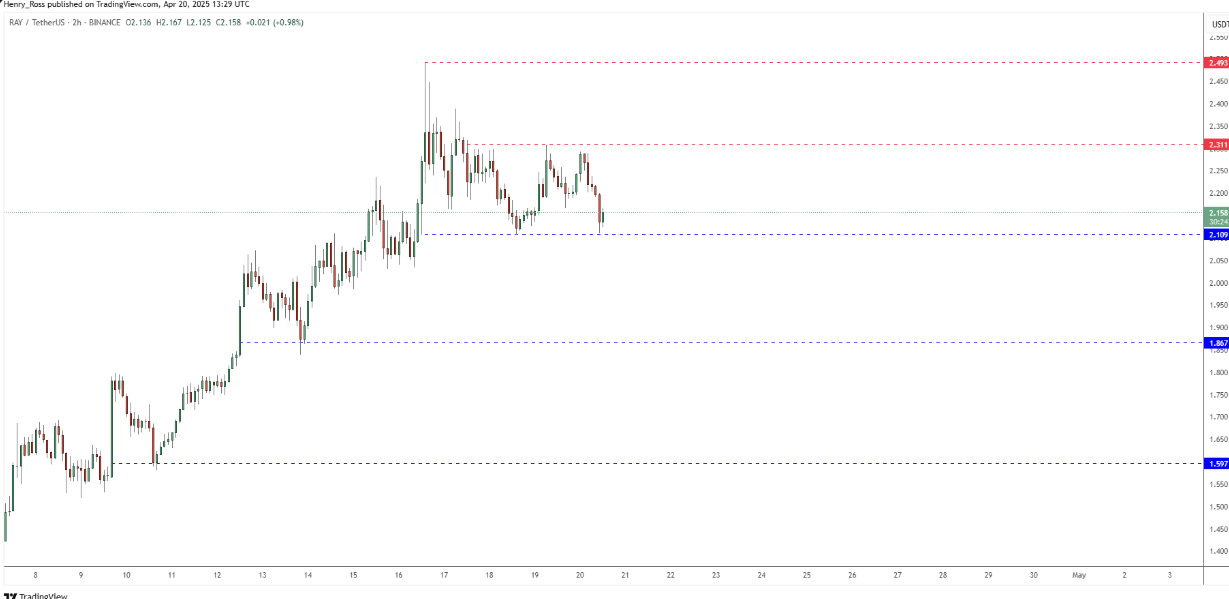On trend and on brand: Why harnessing trends is the future of marketing
Social media fundamentally changed how we market. We’re more targeted yet we have a broader reach, we move faster and we send out a lot more messages. It’s easy to focus on how the techniques we’ve used have changed but there’s a much larger shift that deserves our attention: Social media democratized the power of trends.
Before social, marketing was a one-sided conversation—brands were in control and set the trends, persuading consumers through TV, radio, magazines and billboards, and consumers would adhere to those messages. Social media blurs the lines between brands and consumers. Today, consumers now set the trends and brands fall in line.
Marketers often view this new dynamic as a net negative or an obstacle to overcome. It doesn’t have to be. Embracing customer-driven trends can be even more effective than creating your own. The trick is approaching the new landscape with the right strategy.
Where do trends come from?
As long as people have lived in groups, we’ve created and latched onto trends. The anatomy of a trend hasn’t changed much since the first one emerged. What has changed is the speed. The average lifespan of a trend declines with every new communication tool we create. The more we talk, the faster we cycle through trends.
TikTok cycles through trends faster than any other source. The platform’s constant stream of bite-sized content has exponentially increased the speed of the trend cycle. To help brands understand the different types of trends and where they come from, TikTok created and shared a helpful framework. There are three types of trends:
Forces
All trends come from forces. Forces are long-term cultural shifts that impact everyone. In a pre-social media world, a force might have lasted a decade. In our fast-paced trend economy, they only last a few years. Forces are how we connect to the world around us. They show up as the kind of content styles and communities we gravitate towards.
The way we use social media is a force. In the early days of social networks, we focused on the social aspects—a place to connect with like-minded people in a virtual social setting. Today, social media is a place to discover. Chronological timelines of your friends’ posts have been replaced by algorithm-led feeds of content you’re likely to enjoy. Younger generations are increasingly relying on social media as a learning tool. Google estimates that 40% of Gen Z prefer to search on TikTok first with traditional search engines coming in second.
Signals
As forces filter down into different demographics, communities find unique ways to frame them. These expressions of greater cultural shifts are called signals. Signals are shorter than forces, clocking in at a few months to a year.
If our force is discovery, our signal is what we’re looking for and how we look for it. As people search for the things they like and explore new ideas, subcultures and lifestyles start to pop up. Someone looking to find new skincare products might stumble upon a signal like the Clean Girl Aesthetic or #VanLife. These microidentities give people a common framework to express their interests or values.
Moments
After a signal takes hold, its followers create ways to identify each other. These are moments. Moments are what immediately comes to mind when you imagine a trend. These are the TikTok sounds, dances or stitch prompts that take over your FYP.
Moments move quickly. They’re only relevant for days to weeks. Their fleeting nature doesn’t make them unimportant though. Moments are the primary way we express signals. They’re a shared language that shows people who you are.
Remember when everyone was obsessed with corn? It wasn’t as random as you might think. First, a signal—#InnerChild—racked up over 1.5 billion views on TikTok. When a cute kid gave an interview about how much he loved corn, it reached an existing community and became a moment.
Why you need a trend strategy (and how to create one)
Before social media, trends were much simpler. A force could last a decade, a signal might last for five years and moments would last for eight to 10 months. Less content also meant fewer coinciding trends, which meant less work for marketers looking to capitalize on the latest fad.
Today, new communities and subcultures emerge on social with their own language, values and customs seemingly every hour. The content and trends they generate are exponential by nature. Operating on a campaign-by-campaign basis just isn’t possible for marketers looking to incorporate trends into their strategy.
Trends are informal but that doesn’t mean they’re not impactful. A well-executed trend strategy is one of the best ways to connect with your audience and promote your brand story.
However, a poorly executed trend will dilute your brand, alienate your audience and erode trust with your customers. Your social media team needs to be able to spot trends, understand why they resonate with audiences, apply that understanding to tangible business goals and execute according to your brand guidelines—within a week. That turnaround is impossible without a well-defined trend strategy. Here are four tips to get started.
Identify your trend profile
Trend strategy—like every social media strategy—has to be tied to your business objectives. Determine whether you’re looking to expand your audience or create stronger connections with existing followers and customers, and build your strategy accordingly.
Signals and moments achieve different goals. Signals demonstrate how well you understand your target audience. Integrating signals into awareness stage posts draws in potential customers by creating a sense of familiarity. Moments show off how much your brand has in common with your existing customers. You’re better off staying product-agnostic with moments unless the perfect one comes up organically, like it did for Chipotle.
@chipotleWait for it #corn
♬ original sound ' Chipotle














